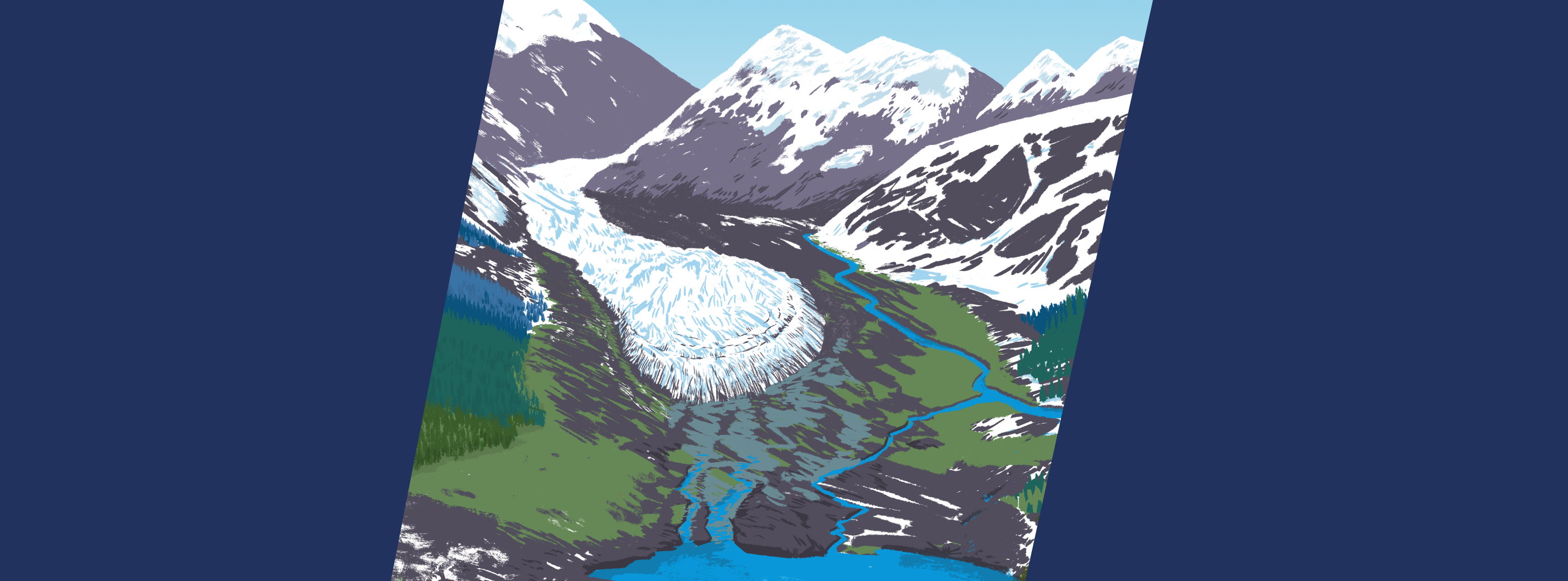Error message
Notice: Undefined property: Drupal\redirect\EventSubscriber\RouteNormalizerRequestSubscriber::$aliasManager in Drupal\redirect\EventSubscriber\RouteNormalizerRequestSubscriber->onKernelRequestRedirect() (line 118 of modules/contrib/redirect/src/EventSubscriber/RouteNormalizerRequestSubscriber.php).
Statement on World Water Day 2025
When we think of water, images of its liquid form spring to mind. But 70 per cent of Earth’s freshwater exists as snow or ice. Glaciers, which are celebrated this year on World Water Day, inspire awe and need protection. These colossal yet mobile masses and their meltwater create unique habitats for various species of plants, animals and microorganisms.
As climate change accelerates habitat loss in high-altitude mountains, it is estimated that the world loses 335 billion tonnes of ice per year to global heating and ocean warming. The influx of freshwater from melting glaciers can alter the salinity of nearby marine ecosystems, potentially impacting the distribution and survival of marine species.
The retreat of glaciers also threatens what biologists call “specialist species”— organisms that adapted to live in this environment. Many species are already being driven to the brink of extinction. In Europe’s subalpine zone, researchers have observed how plant communities rapidly disappear when woody vegetation encroaches.
The silent retreat of glaciers has dire consequences for people, too. Its consequences include shortages in drinking water and irrigation, disruptions to hydropower generation and loss of cultural and traditional resources for local communities. Monitoring systems and collaborative knowledge management among affected countries must be enhanced to ensure that the loss of glaciers is adequately addressed.
At the Secretariat of the Convention on Biological Diversity, thematic programmes promote conservation and the mitigation of the effects of melting glaciers on biodiversity: “biodiversity and climate change”; “marine and coastal biodiversity”; “inland waters biodiversity” and “mountain biodiversity”. These programmes also support the implementation of the Kunming-Montreal Global Biodiversity Framework (KMGBF), the world’s masterplan to halt and reverse biodiversity loss.
The KMGBF underpins the achievement of several Sustainable Development Goals pertaining to or connected to water, including SDG-6 (ensure availability and sustainable management of water and sanitation for all). By aiming at improvements in water-related ecosystem health in both terrestrial and marine ecosystems, the KMGBF has linkages with SDGs 14 and 15.
Like the SDGs, the 23 action targets of the Global Biodiversity Framework must be achieved by 2030. Like glaciers, the time agreed for their implementation is melting away. A global surge of implementation, guided by National Biodiversity Strategies and Action Plans, is urgently needed.
More information:
Marine and Coastal Biodiversity
Kunming-Montreal Global Biodiversity Framework